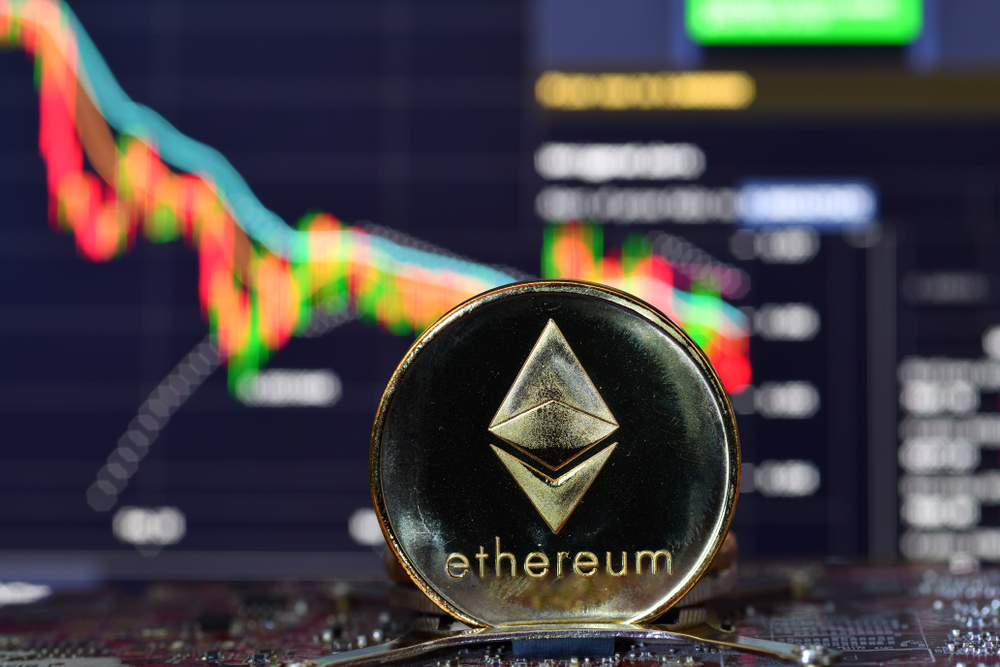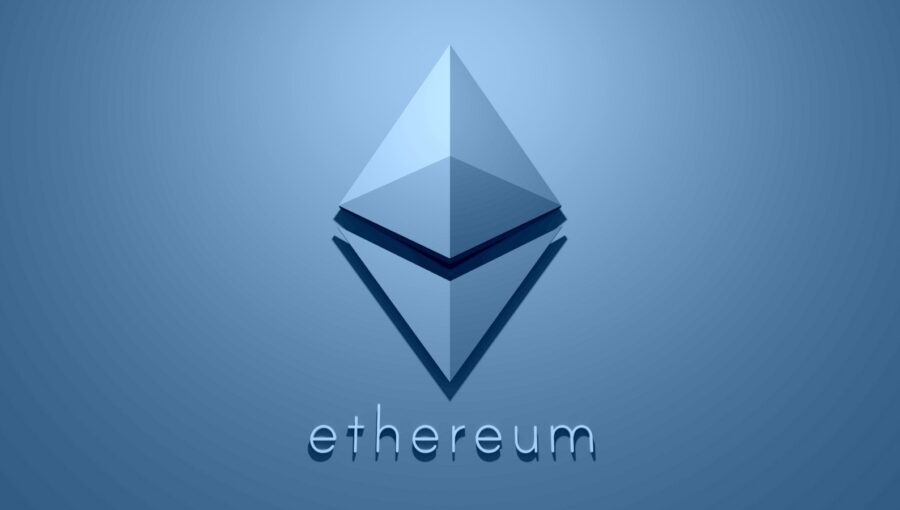|
Getting your Trinity Audio player ready...
|
Investors eagerly await the Securities and Exchange Commission’s (SEC) verdict on Ether (ETH) exchange-traded funds (ETFs), hoping to replicate the success of recent Bitcoin ETF launches. However, SEC Chair Gary Gensler’s recent interview on CNBC offered little clarity, leaving the fate of these applications shrouded in uncertainty.
The SEC has seen a flurry of Ether ETF proposals from major players like Grayscale, Fidelity, BlackRock, VanEck, and Hashdex. Franklin Templeton even joined the fray on February 12th, proposing an ETF with staking capabilities. Despite these high-profile entries, the SEC has repeatedly delayed its decisions, postponing judgements on Invesco’s applications twice and pushing back on others.
Gensler’s Silence Fuels Speculation
During a February 14th interview, Gensler refused to divulge any details about the agency’s plans, stating only that the process would mirror the Bitcoin ETF approvals. This cryptic response offers little comfort to investors, who crave a concrete timeline and clear criteria for approval.
May: A Potential Decision Day? Analysts like Bloomberg’s James Seyffart predict a simultaneous decision on all pending applications by May 23rd, echoing the SEC’s unified approach to Bitcoin ETFs. However, Eric Balchunas of the same firm recently lowered his 2024 approval odds from 70% to 60%, citing Gensler’s ambiguity and the possibility of further delays.
Despite the Ether ETF limbo, Bitcoin ETFs are witnessing encouraging progress. BlackRock’s iShares Bitcoin Trust (IBIT) recently surpassed 100,000 BTC under management, showcasing growing institutional interest. This success could pave the way for similar acceptance of Ether ETFs, but the SEC’s stance remains the key hurdle.
Also Read: Ethereum Price Prediction: $3,500 Incoming Despite SEC ETF Delay? Dencun Upgrade Unlocks Potential
The Road Ahead: Uncertainty and Potential: With the SEC’s cards close to its chest, the future of Ether ETFs remains uncertain. While May could bring clarity, the possibility of further delays lingers. Investors must navigate this ambiguity, carefully weighing the potential rewards against the risks of a prolonged wait.




